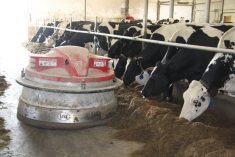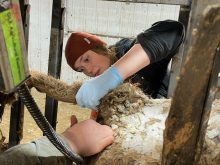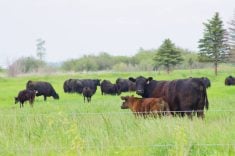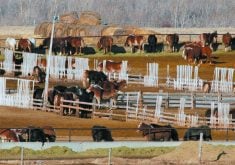When it comes time to cull their cows, producers tend to break them into two groups: those that excel in reproductive performance and longevity, and those that don’t.
This allocation is not cut and dried and depends on cow age, pregnancy status, medical reasons for culling and what percentage of the herd is to be culled.
However, choosing which cows to cull is only the first step. Next, producers must decide what to do with them.
Cows with obvious physical defects such as cancer eye, lameness and lumpy jaw should be sold immediately regardless of their pregnancy status. Waiting can mean the animal’s disease becomes worse or the cow loses condition.
Read Also
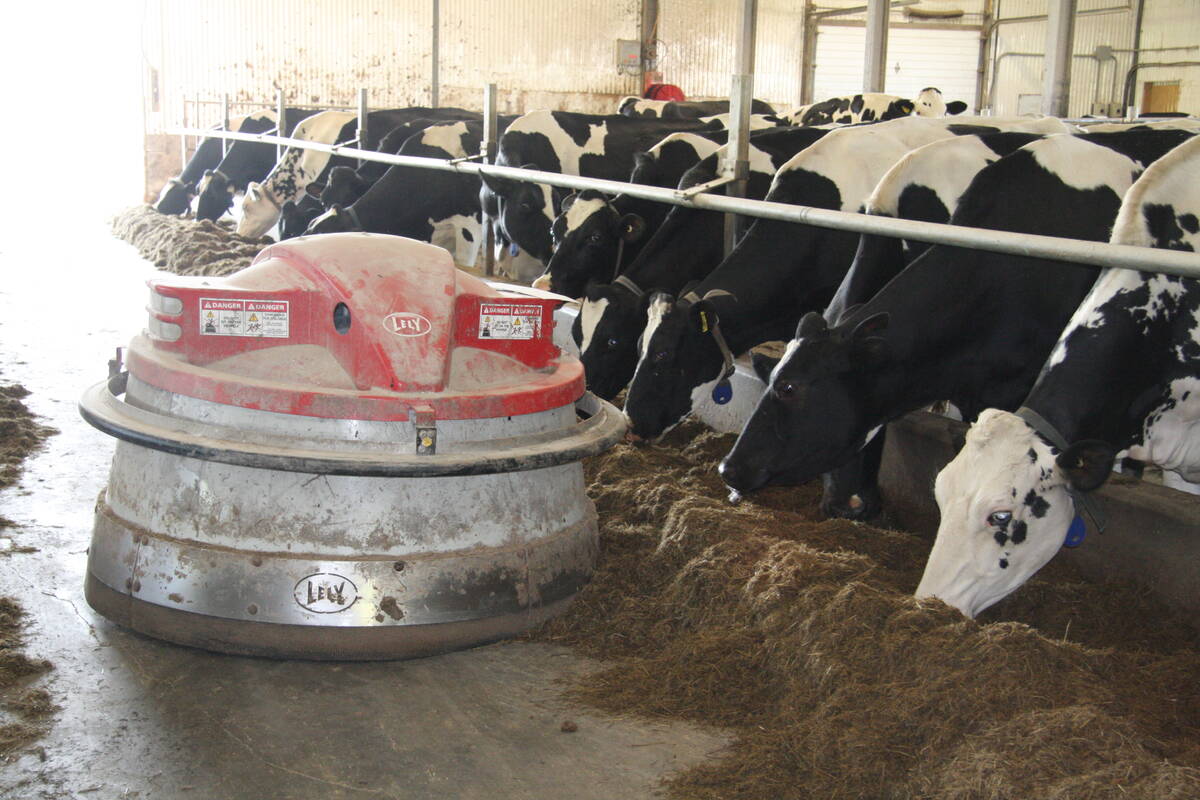
Partnerships, communication key to disease management
Communication and strong, trusted partnerships are key to managing infectious diseases like Foot and Mouth Disease and HPAI.
In contrast, cows found barren at the fall pregnancy check can be sold any time. Those that are in good shape can be shipped right away, but thin cows can be sold later at a heavier weight. This can be cost effective because these cows normally undergo compensatory gain, which means they gain pounds at a low cost. A readily available source of economical forage and grain is vital for this strategy to be successful. Gains can be even higher if a growth implant is provided.
Timing is also important. Fall prices tend to be lower than spring prices because they reflect the glut of barren cows put on the market.
Feeding thin cows for 90 to 150 days means producers can sell a value-added product in the spring at a higher price. Their value can increase even more if they are exposed to a bull and are subsequently sold in the first trimester of pregnancy.
Some producers may consider reconditioning rather than culling, which means feeding cows and returning them to the herd for breeding. This decision can be evaluated by comparing the cost of feeding and maintenance with the purchase price of a replacement. This type of program usually doesn’t work if producers are forced to buy feed or redirect it to open cows from pregnant ones.
Cows that are thin because they have high maintenance requirements or excess milk production should not be reconditioned, especially if the goal is to return them to a ranch setting where feed is not abundant year round.
As well, keeping a reconditioned cow may mean keeping a poor producer. It may be barren for a reason and could be permanently infertile. These cows may also be harbouring bovine viral diarrhea or leptospora, which are undesirable in the herd.
Sometimes culling pregnant cows makes sense. If cows are thin going into the winter feeding period, it means they are going to calve in poor body condition. These cows have higher calf illness and death losses, lower milk production, lower calf weaning weights and a decreased chance of conceiving.
Of course, thin cows can be segregated and supplemented to meet their needs and boost weight but it means more work and more feed.
Producers need to ask several questions when creating a culling program:
- What percentage of the herd are they culling this year?
- Do they need to market them right after pregnancy checking?
- Do they have the feed resources to retain thin cows and fatten them up for later sale?
- Do they have the management skills and facilities to feed two or more groups of cows?
Answering these questions allows decisions to be based on facts.


